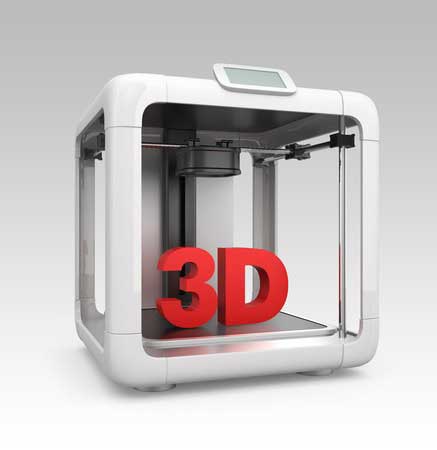
Most engineers will tell you that 3D printing represents another significant development within the manufacturing industry.
How does 3D printing work?
Rather than making something by sticking lots of small parts together, a 3D printer can build complicated items in one piece. The printers use a variety of very different types of additive manufacturing technologies but they all share one core thing in common. They create a three dimensional object by building it layer by layer.
3D printing technology could now offer a new way for engineers to think about how to join and fasten components and the technology is moving away from its prototyping roots. Aerospace engineers are now hoping to prove its potential, one component at a time. Some experts claim 3D printing could even create new capabilities in the fasteners and joints that hold together an aircraft.
Airbus Group has been working on an alternative to traditional fasteners known as ‘hyper joining’. The company claims a hyper joint is around six-and-a-half times stronger than a bonded joint and absorbs around 80 times more energy. Although this particular 3D printing technology is still at an experimental stage, Airbus is keen to develop it.
3D-printed joints are unlikely to replace all traditional components. However, they offer engineers a tool with different capabilities to make use of as 3D printers can more easily create complex shapes that may not otherwise be viable or even possible.
5 facts about the Airbus hyper-joint which is in the process of being printed.
- The Rotite fastener is something known as ‘helicoidal dovetail’
- The classic dovetail joint is used by carpenters and is rotated around an axis.
- The two surfaces dovetail together and can be rotated against one another until the required tightness is achieved.
- It could take some time before full joints are 3D printed, but aircraft are already using the technology for non-critical components.
- As materials become stronger and more energy absorbent, the technology may just make aircraft more resilient.
Read more about the developments in this article by TheEngineer
Are you introducing the use of 3D printed parts into your business? If so, what has the impact been?
Image copyright:cheskyw / 123RF Stock Photo
This site uses Akismet to reduce spam. Learn how your comment data is processed.


 Mail:
Mail: 




Leave a Comments